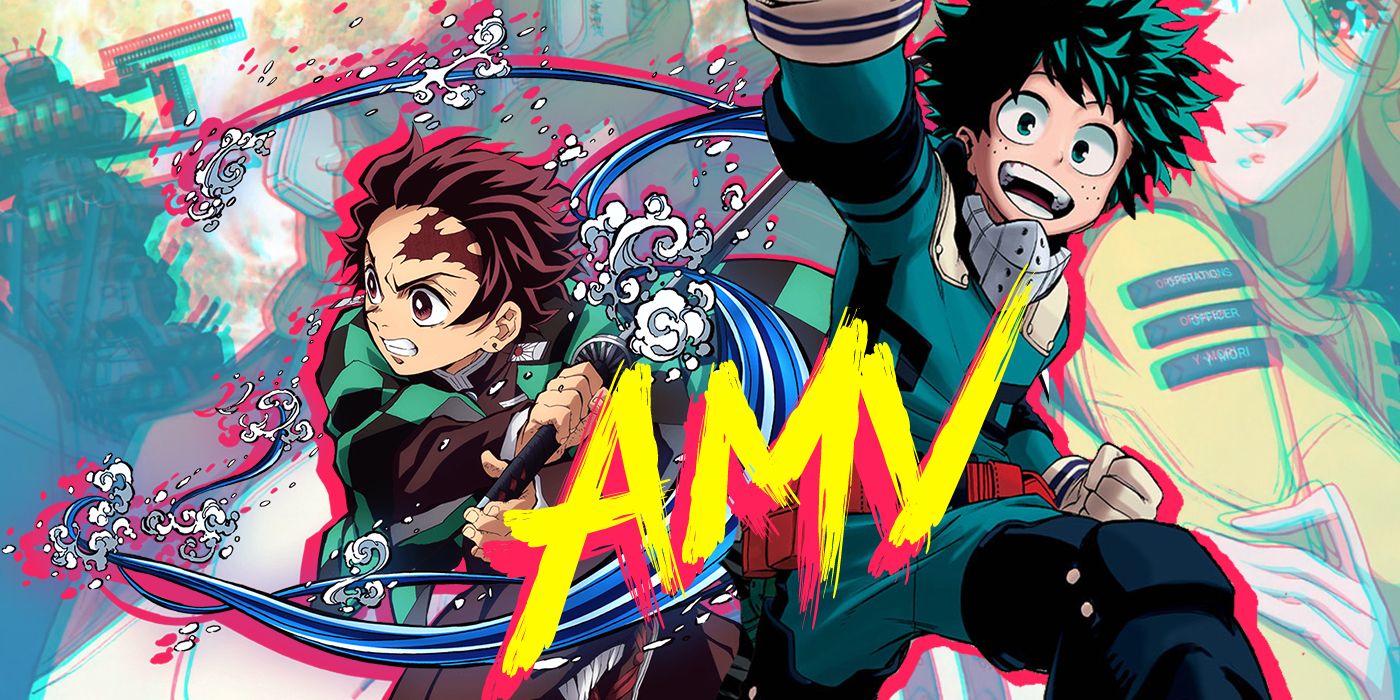AMVs, or Anime Music Videos, seem like a relic of the past. Not to be confused with MADs (music anime douga, videos made by Japanese users), AMVs are mostly part of the Western fan community and are videos using pictures and clips of shows set to music. The practice predates the internet but became popular with the advent of the digital age when sites like Youtube let people start hosting videos. AMVs are still relevant, though they've taken different forms as technology has advanced.
The earliest known English-language fan video that had anime is a Space Battleship Yamato video to "All You Need is Love" by The Beatles. It was produced by Jim Kaposztas in 1982 using two VCRs. As technology advanced, both digital editing and anime would become more accessible, and AMV contests became a central part of many anime conventions. All these factors have led to AMVs becoming a fundamental part of anime fandom by the 2000s.
AMVs encompass many genres and various media -- usually screenshots, stills, fanart and video clips, but some editors include manga scans or even have their own hand-drawn animations. AMVs can serve essentially as free advertising for series, with editors setting interesting parts of their favorite series to music to try and grab viewers. One such popular example is an AMV to the song "Hold Me" (also known as "Håll Om Mig") by Nanne Grönvall, which won the Best Action & Best Of Show Winner of the Anime Boston 2006 Anime Music Video Contest and was used to lure people into watching Princess Tutu.
Many different songs were used, but primarily, popular genres were pop and rock. Linkin Park was a popular band associated with Dragon Ball Z videos to the point where they'd get the nickname "Linkin Ball Z." Other popular bands and singers from the height of AMVs included Cascada, Katy Perry, Evanescence and others. Videos centered around shipping often featured songs like "Malchik Gay" by Tatu (very popular with yaoi ships) and "I Will Go Down with This Ship" by Dido.
Though the AMVs of the 2000s seem eons away, the community is still around and thriving. Above is an example of a modern AMV, taking clips from anime like The Heroic Legend of Arslan, Vinland Saga, Demon Slayer and Attack on Titan. The practice is still popular, though video editing has definitely gotten better -- looking up "AMV" in a search bar won't just take you to old, blurry examples recorded by camcorder or be edited like a slideshow with WMM. Even older fandoms like Naruto will have new examples, employing popular current songs and using more advanced programs like Adobe After Effects, Premiere Pro, etc -- or even simply iMovie. Videos can even be edited on phone as well, using apps like Prequel or Adobe Premiere Clip.
Parallels can be drawn AMVs have also possibly modernly coincided with "fancams." Fancams are primarily associated with Korean Pop idols, and have received attention in the news as they've been used as a tool for political protests, such as the viral "Georgia fancam." Many of the techniques and songs used with AMVs have also been employed in fancams; above is an Avatar: The Last Airbender fancam set to "Say So" by Doja Cat. However, fancams are usually much shorter in length than traditional AMVs, usually only under a minute long to adapt to Twitter and TikTok's limits on video lengths and users' shortening attention spans.
Fan videos involving anime have an incredibly long history, evolving from the old VHS/VCR days to adapt to new sites and times. Video editing is still a hobby heavily enjoyed in fandom and probably won't be going away any time soon, especially as technology becomes even more user-friendly and accessible.

